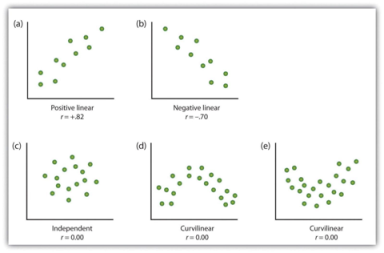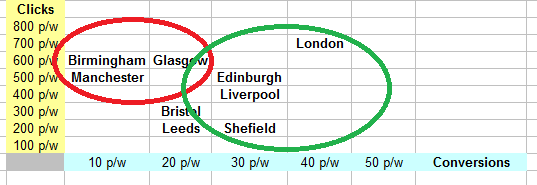The concept of elasticity is used to measure the degree of market response to price changes (price sensitivity).
- Elasticity is a measure of demand responsiveness.
- Can be computed for a range of prices and quantities.
Definition of elasticity:
Percentage change in sales volume divided by the percentage change in sales. [Read more…]






